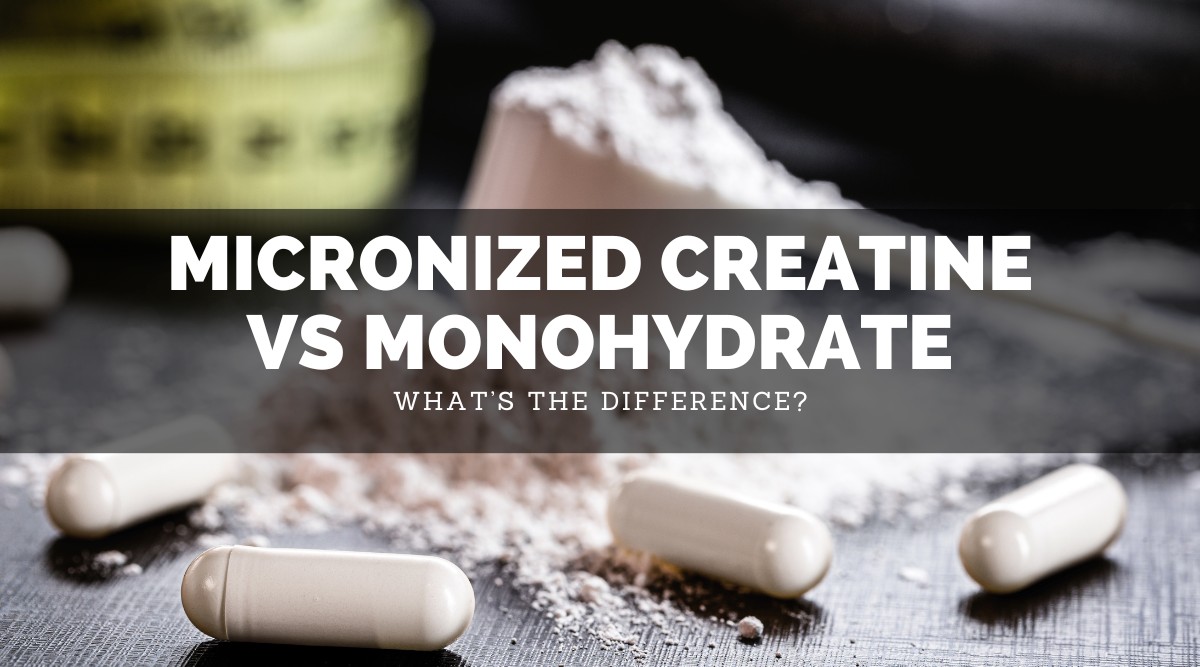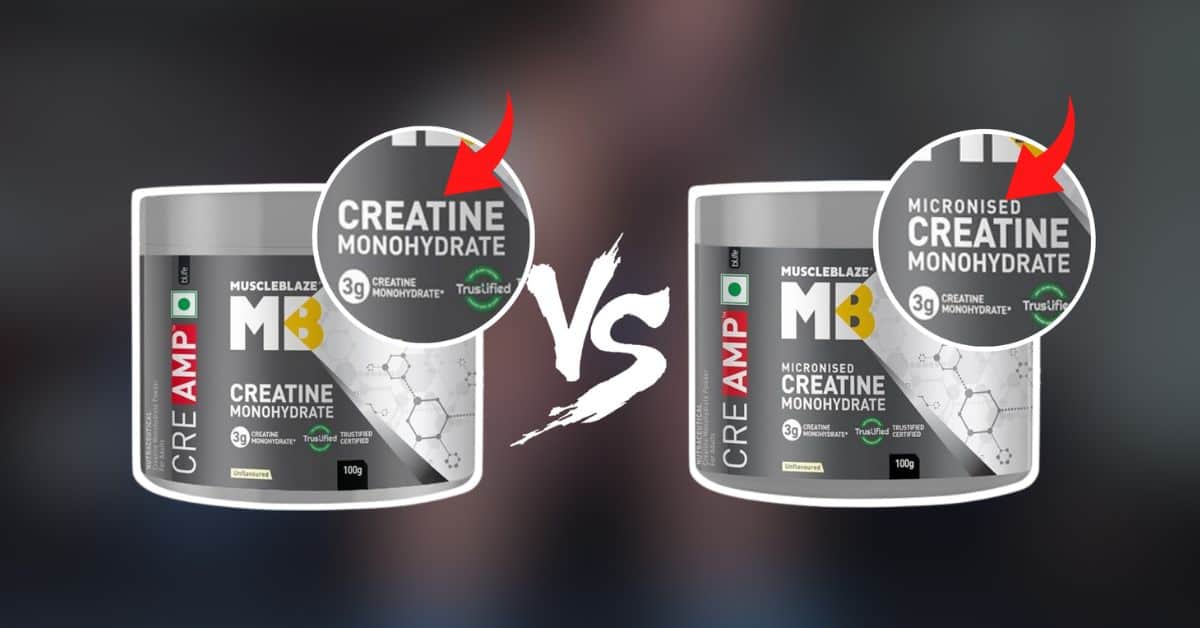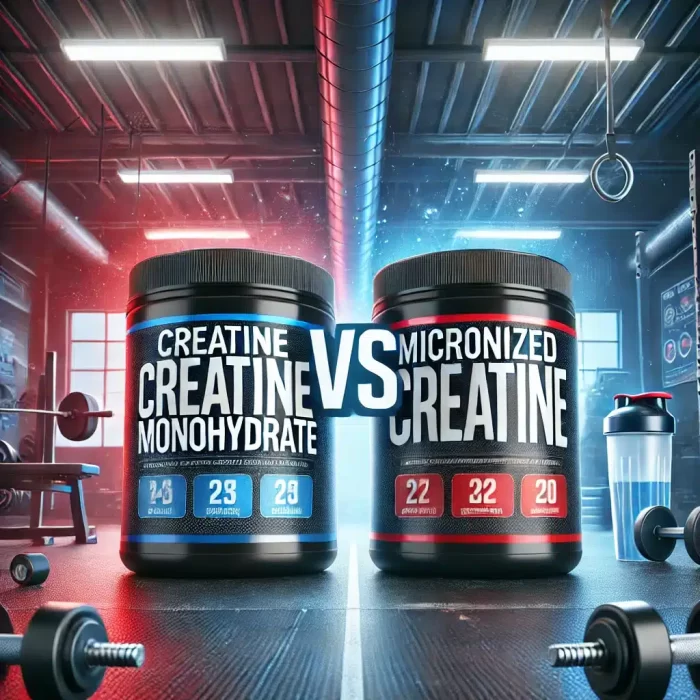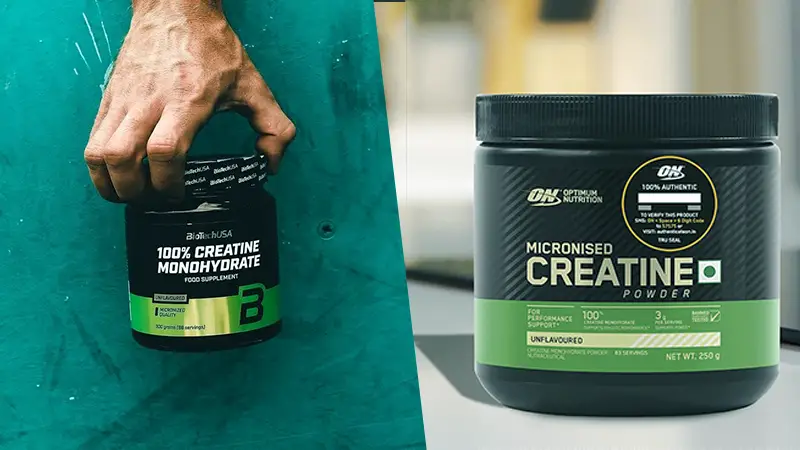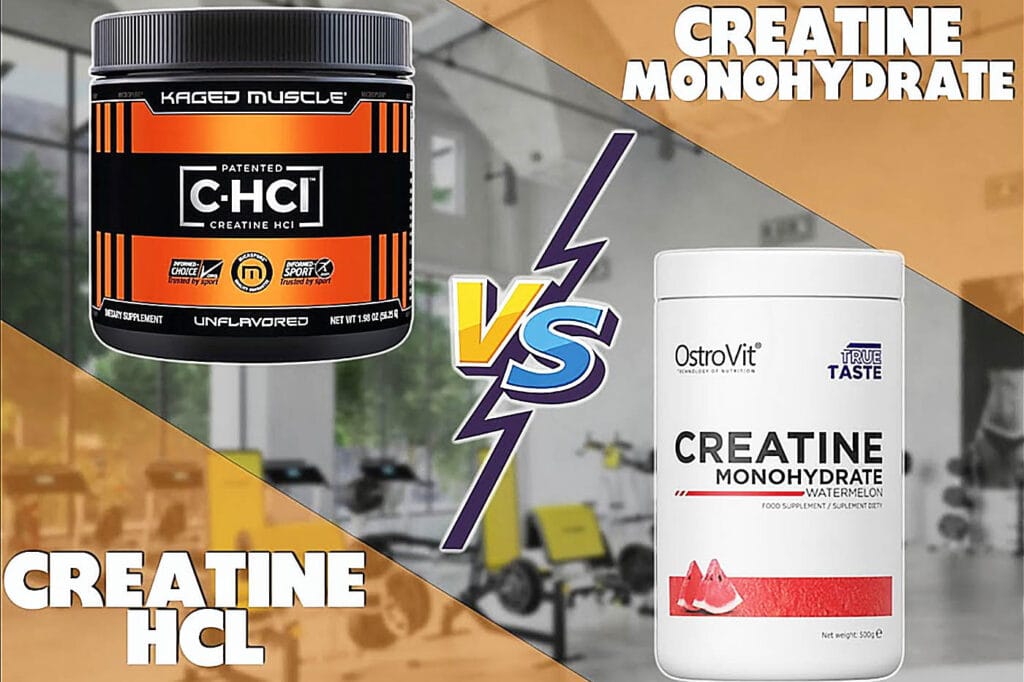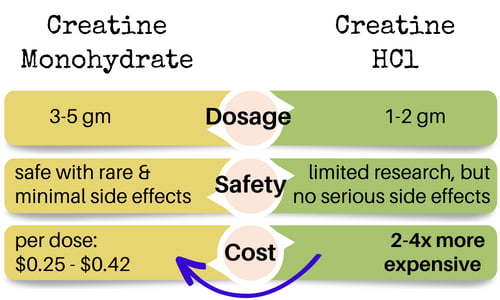Difference Between Monohydrate And Micronized Creatine
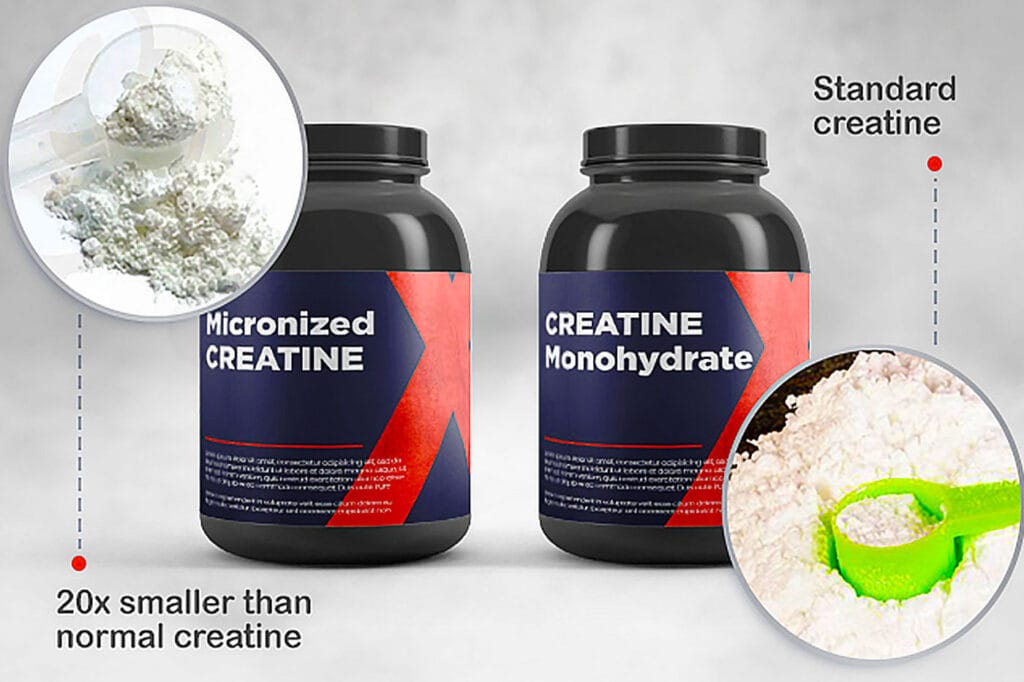
Creatine users, listen up! Confused about monohydrate versus micronized creatine? Get the facts now to maximize your gains and avoid wasting your money.
This article breaks down the key differences between these two popular forms of creatine, clarifying their absorption rates, potential side effects, and overall effectiveness, so you can make an informed decision for your fitness goals.
What is Creatine Monohydrate?
Creatine monohydrate is the most widely studied and commonly used form of creatine.
It consists of a creatine molecule bound to one molecule of water.
This is the baseline against which all other forms of creatine are typically measured, known for its affordability and proven benefits in enhancing strength and muscle mass.
What is Micronized Creatine?
Micronized creatine is simply creatine monohydrate that has undergone a process to reduce the particle size.
This process involves milling the creatine into smaller, more refined particles, typically around 20 times smaller than regular creatine monohydrate.
The aim is to improve its solubility in water and potentially enhance absorption in the body.
The Key Difference: Particle Size and Solubility
The primary difference lies in the particle size.
Micronized creatine boasts smaller particles, leading to better solubility.
This enhanced solubility theoretically allows for faster absorption and reduced stomach discomfort, a common complaint with some creatine monohydrate users.
Absorption Rates: Does Micronization Really Matter?
While micronization *should* improve absorption, scientific evidence supporting a significantly superior absorption rate compared to regular creatine monohydrate is still debated.
Some anecdotal evidence suggests reduced bloating and stomach issues with micronized creatine.
However, studies haven't definitively proven that micronized creatine leads to dramatically better muscle creatine saturation compared to standard monohydrate when both are properly dosed and consumed with adequate water.
Side Effects: A Matter of Digestion?
Both creatine monohydrate and micronized creatine share similar potential side effects.
These may include water retention, bloating, and, in rare cases, stomach cramps.
However, due to its improved solubility, micronized creatine might cause less gastrointestinal distress in some individuals, particularly those sensitive to regular creatine monohydrate.
Effectiveness: Strength and Muscle Gains
In terms of building strength and muscle mass, both forms of creatine are generally considered equally effective.
Creatine monohydrate has decades of research supporting its efficacy in enhancing athletic performance.
Micronized creatine offers the same benefits, assuming it is properly absorbed and utilized by the body; and it is just as effective.
Cost Comparison: Is Micronized Worth the Extra Expense?
Micronized creatine typically costs more than creatine monohydrate.
The added processing contributes to the higher price point.
Consider your budget and sensitivity to digestive issues when deciding if the potential benefits of micronized creatine justify the added expense.
Dosage Recommendations: Same for Both
Dosage recommendations are generally the same for both creatine monohydrate and micronized creatine.
A common approach involves a loading phase of 20 grams per day for 5-7 days, followed by a maintenance dose of 3-5 grams per day.
However, individual needs may vary, and it's always wise to consult with a healthcare professional or registered dietitian.
Who Should Consider Micronized Creatine?
Individuals who experience stomach discomfort or bloating with regular creatine monohydrate may benefit from switching to micronized creatine.
Those prioritizing potentially faster absorption and don't mind paying a bit more can also consider it.
However, if you tolerate regular creatine monohydrate well and are looking for the most cost-effective option, it remains a perfectly viable choice.
The Bottom Line: Choose What Works Best For You
The choice between creatine monohydrate and micronized creatine ultimately comes down to personal preference and individual tolerance.
While micronized creatine offers potential benefits in terms of solubility and reduced digestive discomfort, its effectiveness in building muscle and strength is comparable to regular creatine monohydrate.
Consider your budget, sensitivity to digestive issues, and personal goals when making your decision.
Next Steps: Continue monitoring research on creatine absorption and effectiveness.
Consult with a healthcare professional or registered dietitian for personalized recommendations based on your individual needs and health status.
Stay tuned for updates on the latest advancements in creatine supplementation.

